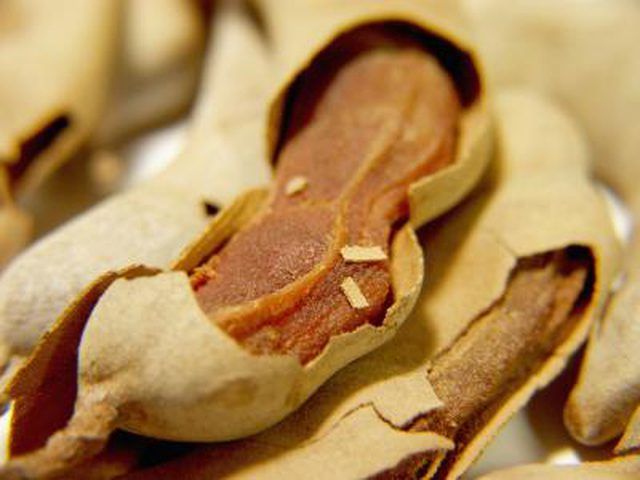Bulbs
Flower Basics
Flower Beds & Specialty Gardens
Flower Garden
Garden Furniture
Garden Gnomes
Garden Seeds
Garden Sheds
Garden Statues
Garden Tools & Supplies
Gardening Basics
Green & Organic
Groundcovers & Vines
Growing Annuals
Growing Basil
Growing Beans
Growing Berries
Growing Blueberries
Growing Cactus
Growing Corn
Growing Cotton
Growing Edibles
Growing Flowers
Growing Garlic
Growing Grapes
Growing Grass
Growing Herbs
Growing Jasmine
Growing Mint
Growing Mushrooms
Orchids
Growing Peanuts
Growing Perennials
Growing Plants
Growing Rosemary
Growing Roses
Growing Strawberries
Growing Sunflowers
Growing Thyme
Growing Tomatoes
Growing Tulips
Growing Vegetables
Herb Basics
Herb Garden
Indoor Growing
Landscaping Basics
Landscaping Patios
Landscaping Plants
Landscaping Shrubs
Landscaping Trees
Landscaping Walks & Pathways
Lawn Basics
Lawn Maintenance
Lawn Mowers
Lawn Ornaments
Lawn Planting
Lawn Tools
Outdoor Growing
Overall Landscape Planning
Pests, Weeds & Problems
Plant Basics
Rock Garden
Rose Garden
Shrubs
Soil
Specialty Gardens
Trees
Vegetable Garden
Yard Maintenance
How to Germinate a Tamarind Seed
How to Germinate a Tamarind Seed. Tamarind, perhaps best known for its brown, edible seed pods, is native to Africa and widely grown in warm climates around the world. Growing your own tamarind tree has several advantages; for example, its wood makes tough, durable lumber and all parts of the tree may help treat digestive disorders and jaundice....

Tamarind, perhaps best known for its brown, edible seed pods, is native to Africa and widely grown in warm climates around the world. Growing your own tamarind tree has several advantages; for example, its wood makes tough, durable lumber and all parts of the tree may help treat digestive disorders and jaundice. When scarified in warm water, tamarind seeds germinate readily. Tamarind seedlings can live indoors in a container, or you can plant them in your garden to grow a full-size tree, providing you are in an acceptable climate for the plants to thrive.
Things You'll Need
Seed starting tray
Potting soil
Compost
Heating mat (optional)
Collect ripe pods from the tamarind tree and set them in the sun to dry. The drying process takes up to one week.
Break open the dried tamarind pods. Remove the pulp and gently wash it in lukewarm water to separate the seeds. Let the seeds dry in a shady spot for two days.
Soak the tamarind seeds in a glass of lukewarm water for 24 hours before planting. If desired, cut the edge of the tamarind seed coat with a knife. This scarification improves germination.
Fill a container with potting mix. Plant each tamarind seed about 1/2 inch deep and 1 to 2 inches apart. Sprinkle compost over the top layer of soil. Moisten the soil with water. If desired, place the container on a heating mat.
Wait for tamarind seedlings to emerge. This usually takes between five and 10 days. Some tamarind seeds take a month to germinate. Do not immediately place tamarind seedlings in direct sunlight.
Tips & Warnings
Plant the tamarind tree in a garden, where it can grow to full size, if you want to harvest pods from it. Container-bound tamarind trees are unlikely to bear pods.